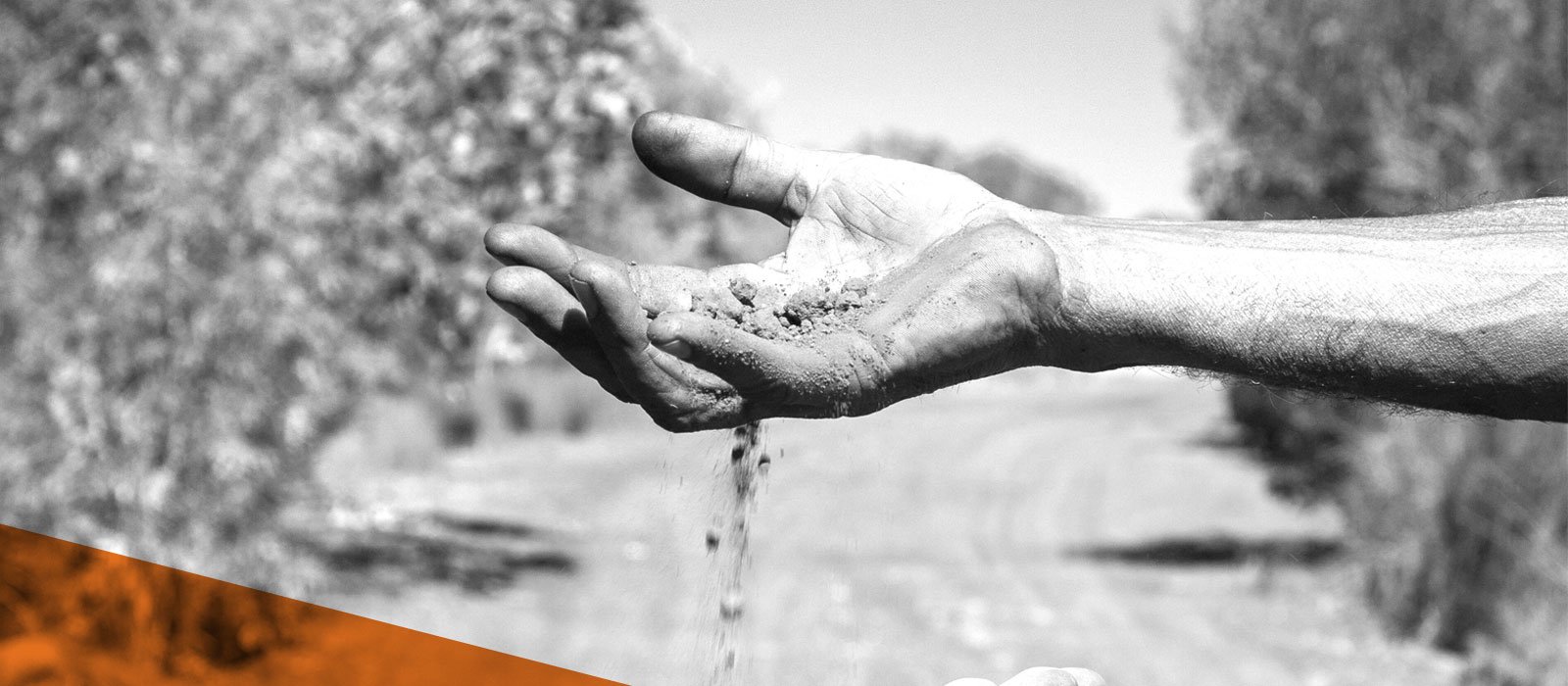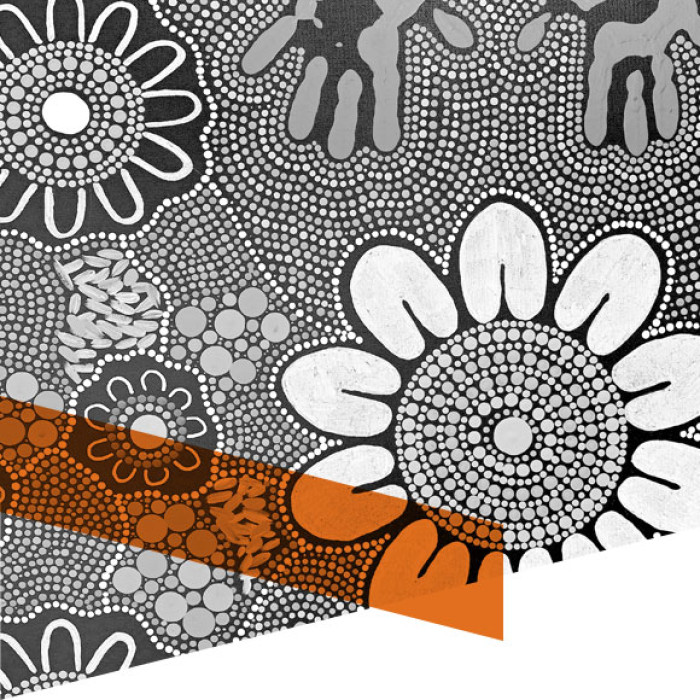How does an Aboriginal Medical Service (AMS) work?
An Aboriginal Community Controlled Health Service (ACCHS), or Aboriginal Medical Service is a primary healthcare service initiated and operated by an Aboriginal and Torres Strait Islander community through a locally elected Board of Management. Their vision is to deliver holistic, comprehensive, and culturally appropriate healthcare to the community which controls it.
There is a continuum from large multi-GP urban centres to very small remote fly-in-fly-out community clinics.
All utilise a team model, with Indigenous Health workers, general practitioners and nurses playing major roles in the delivery of healthcare services. ACCHS/AMS centres are well-supported by visiting specialists and allied health workers, and almost all are fully accredited to GP training standards.
Many ACCHS/AMS centres provide training placements for medical students and GP registrars.





